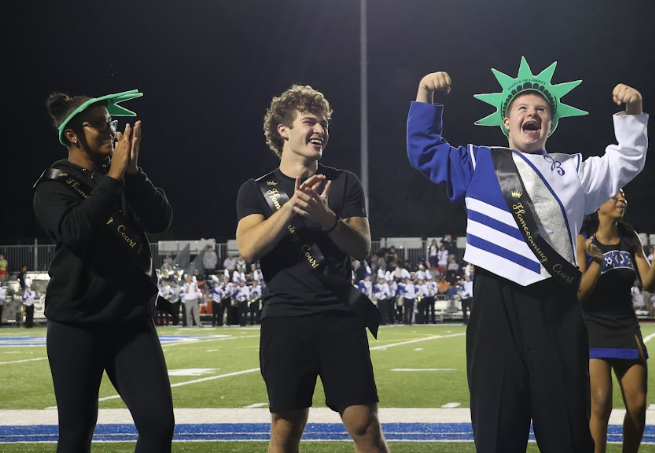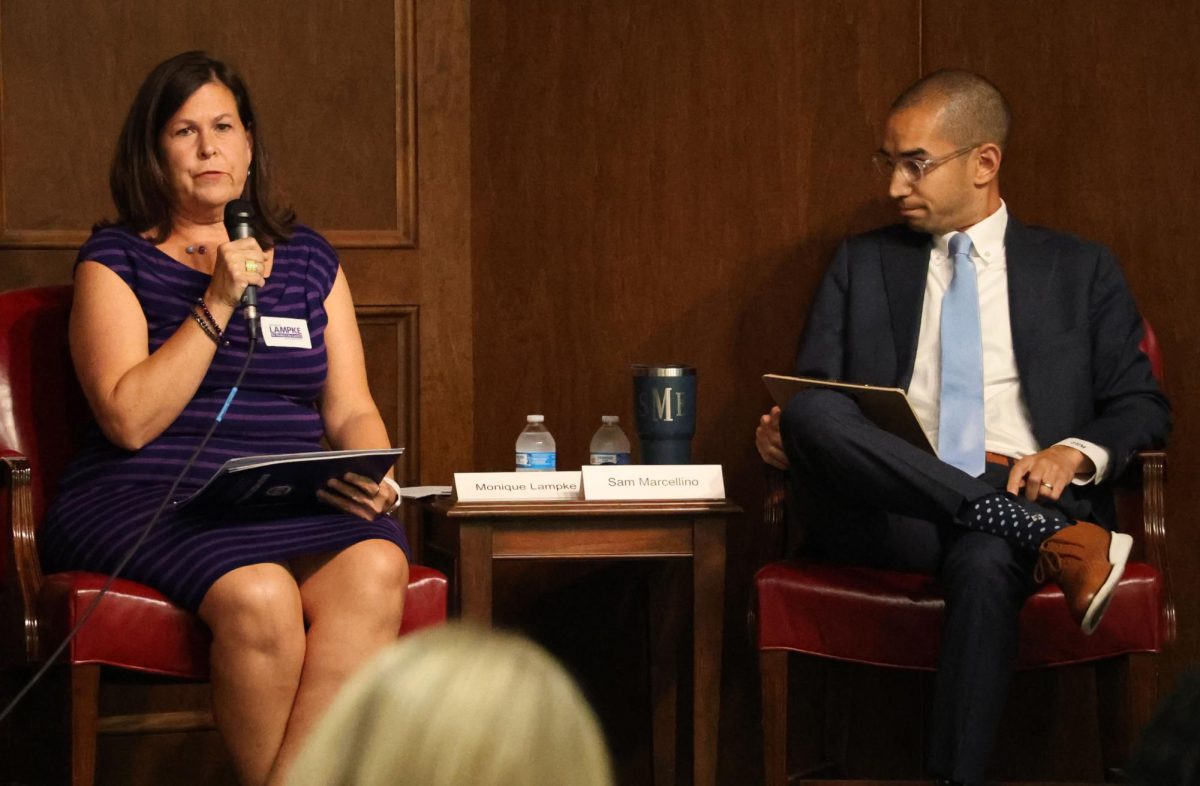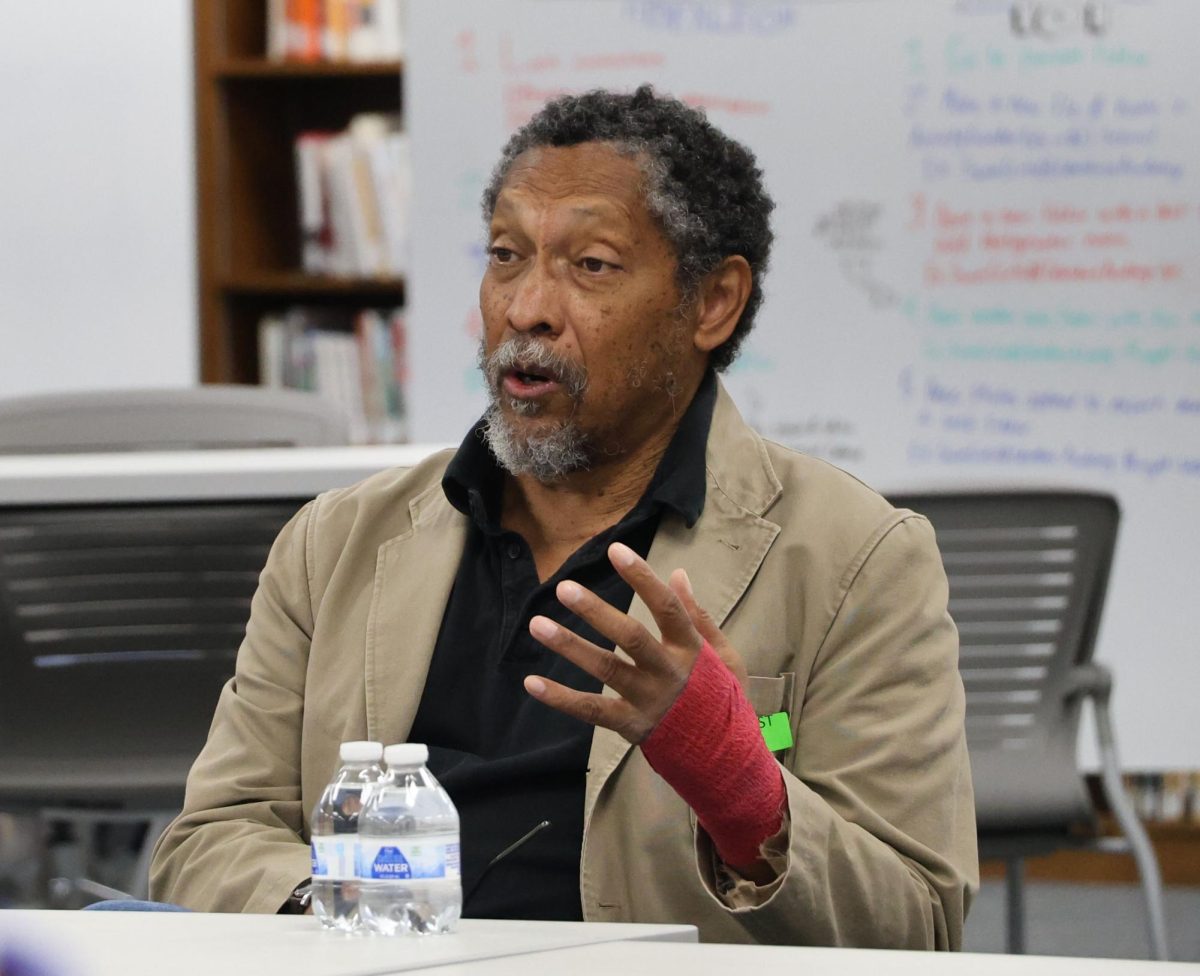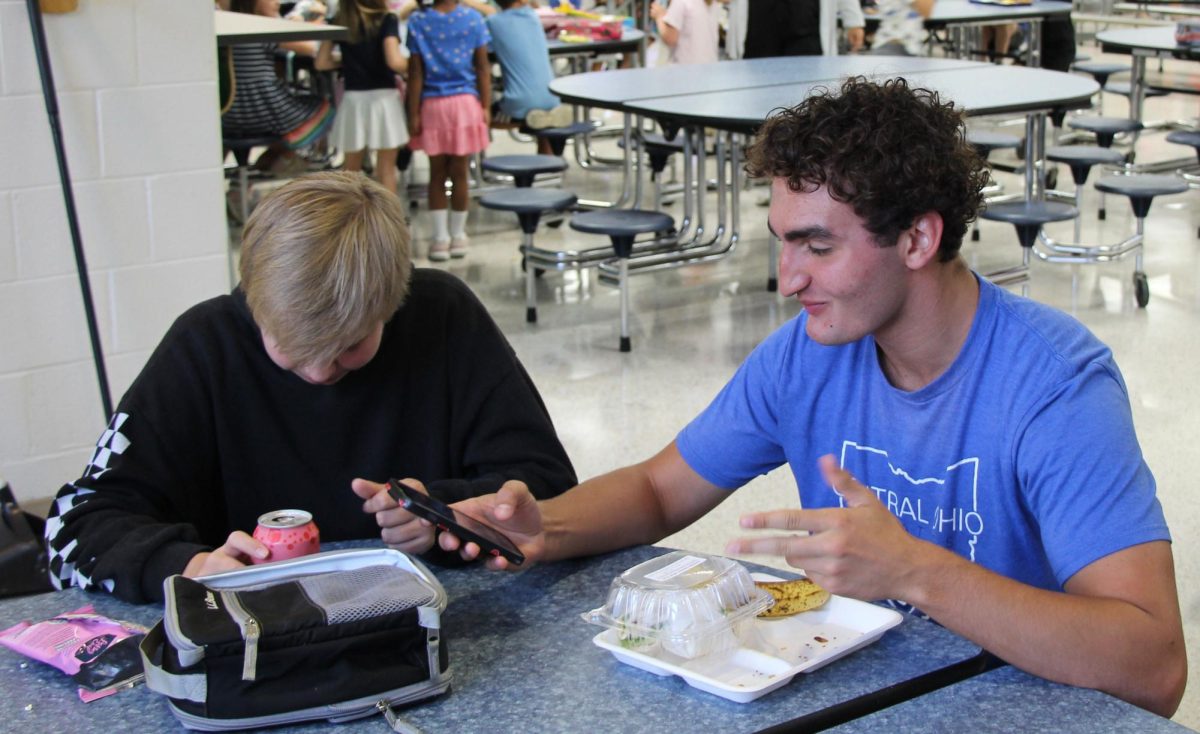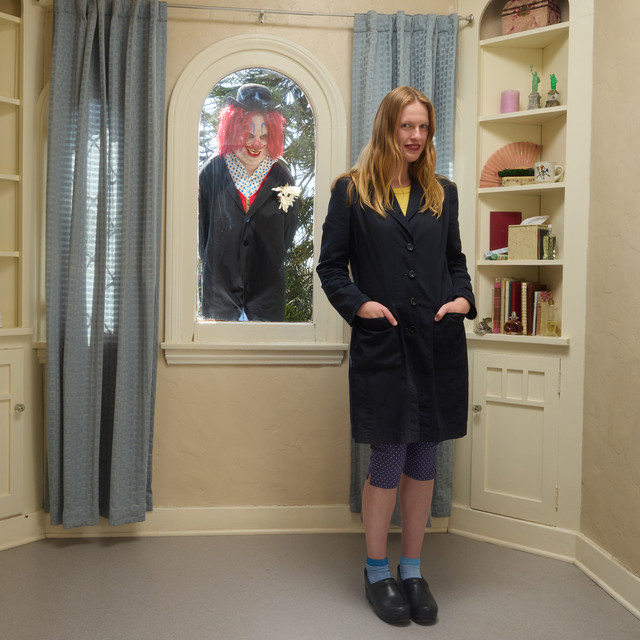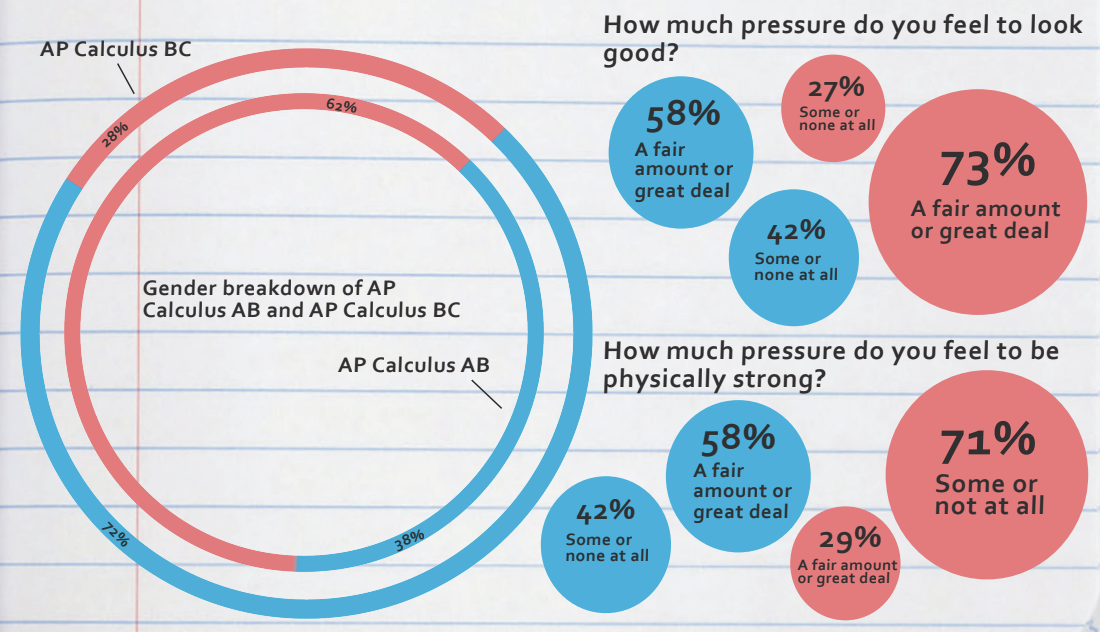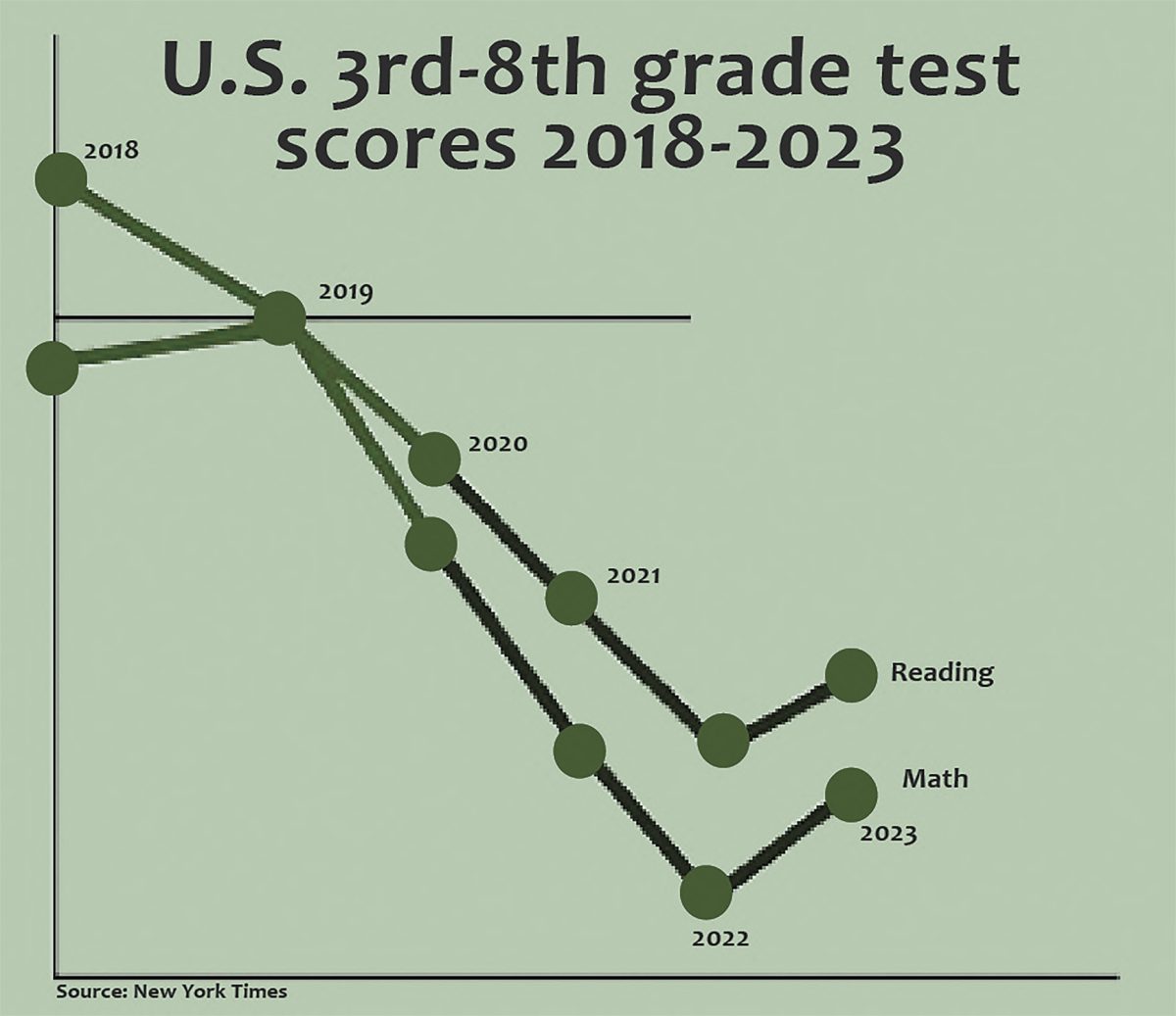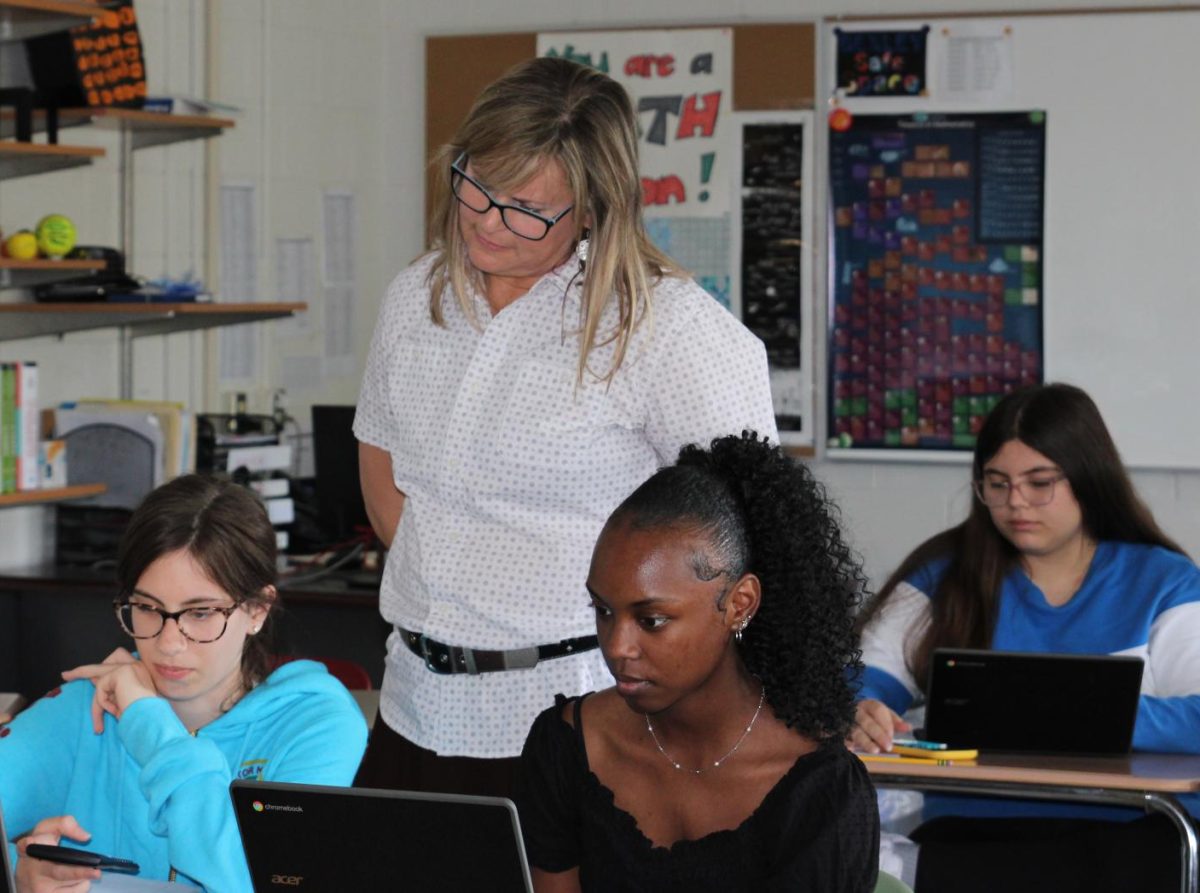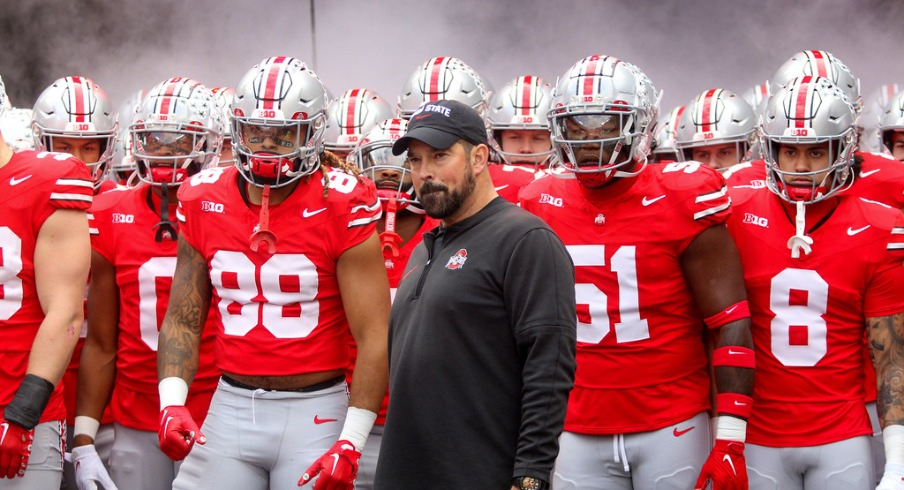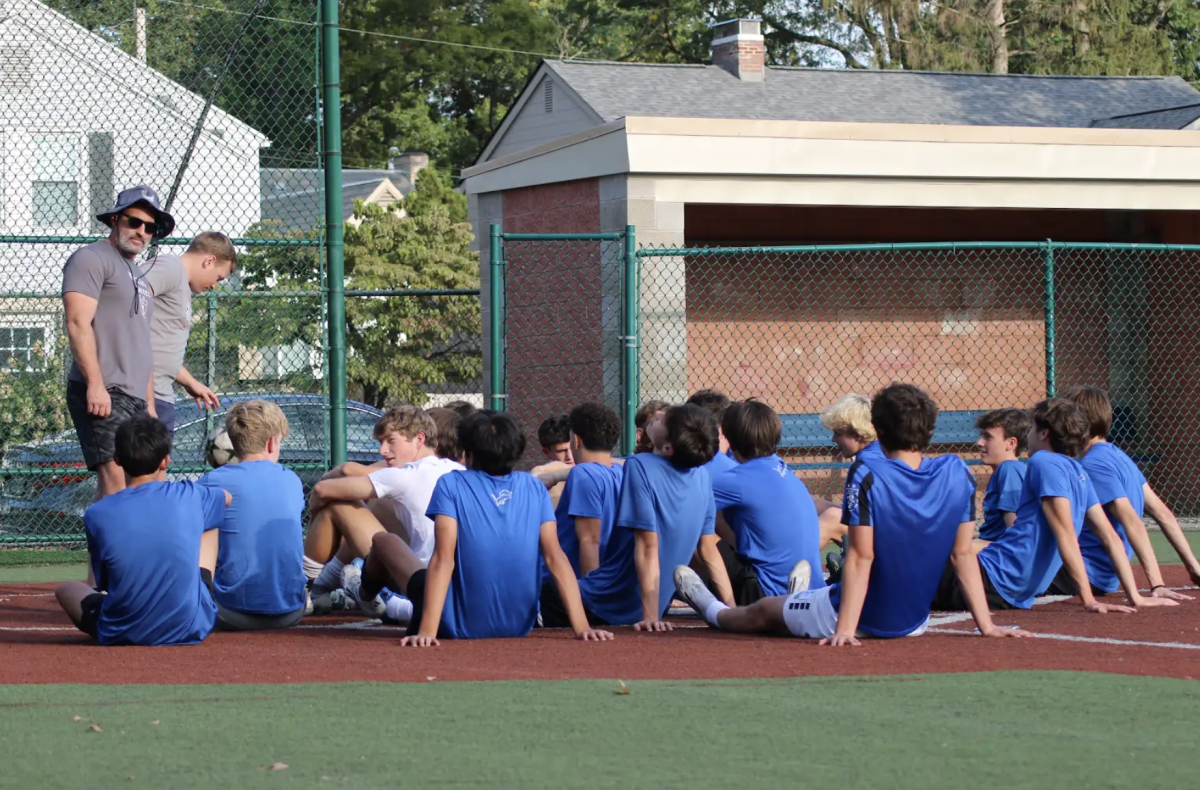Pro
By Rachel Lybarger / Staff Reporter
The sense of community at the high school is created by a variety of clubs students initiate, lead and participate in.
According to the Bexley City Schools website, creating a new club at the high school is a straightforward process: a student must fill out the “New Club Proposal Form,” where they are asked to provide the key details about their proposed club. Students must also have an adviser for the club before submitting their proposal, and according to the form, the adviser must be a member of the school staff.
Additionally, the form states the supervisor is not responsible for taking the lead in the club, but instead they are there to support the students. This key statement emphasizes that the development of a club relies heavily on student initiative and creativity, independent of an adviser. Leading a club empowers students to express themselves and their ideas.
Similarly, the chance to create and direct a club gives students the opportunity to gain leadership experience, which is an important quality for students to learn for future careers.
Also, some clubs at the high school are led by multiple individuals, allowing for a group of students to practice collaborative and critical thinking skills with one another. A large part of running a club with others is communicating, getting the chance to work through challenges and problem-solving, all of which are important capabilities for students to practice.
The wide array of clubs offered at the high school are accessible to the entire student body, which makes it easy for students to establish friendships and a community while also working toward a common goal. For example, in Student Council, individuals from every grade come together to engage in meaningful discussions about school policy, events and ways to make the school a better place.
By giving students the freedom to form new clubs, they are able to gain leadership experience, learn essential life skills and build inclusive communities where peers can come together to collaborate and problem solve.
Con
By Allison Lefkowitz / Staff Reporter
Some of the high school’s clubs have shifted into being run entirely by students. Although these groups have some advantages, there are many drawbacks that come with it, which is why clubs should not be completely student run.
One of the biggest concerns with student-driven clubs is the potential lack of experience among those who are responsible for operating them. While students may have enthusiasm for their club goals, they may not possess the skills necessary for managing budgets, organizing events or overcoming obstacles.
At the high school, many students are part of Key Club, a national organization. Bexley Key Club’s adviser Marybeth Motasem assists the student board members by communicating online with other advisers to get ideas for the club. If Key Club did not have an adviser who was actively involved, they would likely not be able to accomplish their goals.
Student-led clubs often operate on tight budgets and limited resources. Without administrative support, securing fundraising, event space or other resources becomes significantly more challenging. Advisers are typically well connected inside the school and can advocate for what the student organization needs.
Running a club requires a significant time commitment, which is difficult for students who are already balancing their school workloads and extracurricular activities. When students are solely responsible for the success of a club, the pressure can quickly lead to them becoming overburdened, and faculty involvement can help relieve some of this weight.
Additionally, without an adviser overseeing the club, club members may not follow school policy rules on fundraising events or other activities. Faculty advisers help maintain accountability, ensuring the club follows the school’s guidelines.
Overall, school clubs should not be entirely student run because of the potential lack of experience, not being able to manage finances, significant time commitments and irresponsible decision making without the mentorship of a faculty adviser.

